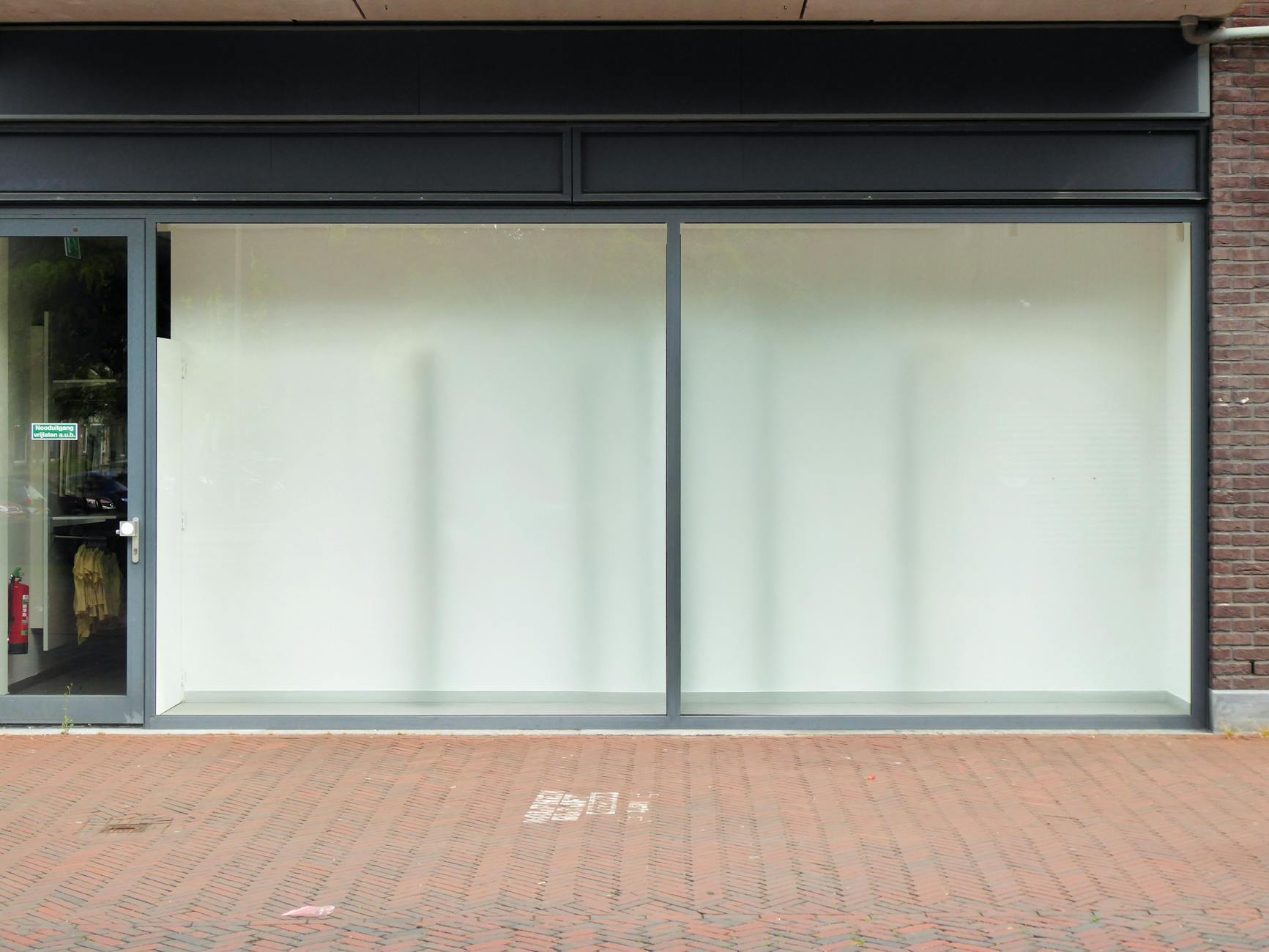How to Navigate Commercial Real Estate Listings for Retail Spaces
Navigating commercial real estate listings for retail spaces can be a complex but rewarding process for business owners and investors alike. Whether you’re opening a new storefront or expanding an existing brand, finding the right location is crucial to your success. This article will guide you through core strategies to effectively evaluate commercial listings, understand market dynamics, and assess key factors such as lease terms, zoning regulations, and neighborhood demographics. By mastering these elements, you can confidently identify retail spaces that align with your business goals and budget. Understanding how to sift through numerous listings and leverage available resources ensures that your investment drives foot traffic, visibility, and long-term growth. Read on to unlock practical insights that make commercial retail real estate searches more strategic and outcome-driven.
Understanding your retail space requirements
Before diving into property listings, it’s essential to outline the specific needs of your retail business. Consider factors like:
- Size and layout: Determine the square footage necessary for your inventory, staff, and customer flow.
- Location suitability: Think about proximity to your target market, complementary businesses, and transport links.
- Budget constraints: Establish a clear range for rent, utilities, and potential renovations.
- Accessibility: Accessibility for customers, including parking availability and compliance with ADA standards.
Drafting a detailed checklist of these requirements will help you filter out unsuitable listings early, saving valuable time and resources.
Interpreting listings and identifying key indicators
Commercial real estate listings often contain jargon and metrics that can be confusing at first glance. Key points to focus on include:
- Lease types: Understand whether the lease is gross, net, or modified net, as this affects overall costs.
- Price per square foot: Compare this metric against local market averages to ensure competitive pricing.
- Property condition: Look for mentions of needed repairs, build-out allowances, or recent renovations.
- Foot traffic data: Listings or brokers may provide estimates—vital for retail viability.
For quick reference, here is a table comparing typical lease types and what they cover:
| Lease type | Tenant responsibilities | Landlord responsibilities |
|---|---|---|
| Gross lease | Rent only | Taxes, insurance, maintenance |
| Net lease (single) | Rent + property taxes | Insurance, maintenance |
| Net lease (double) | Rent + taxes + insurance | Maintenance |
| Net lease (triple) | Rent + taxes + insurance + maintenance | Structural repairs |
Researching and analyzing the neighborhood market
Beyond the physical properties themselves, the surrounding environment significantly impacts retail success. Conducting thorough neighborhood analysis includes:
- Demographics: Study income levels, age groups, and consumer behaviors that match your offerings.
- Competition analysis: Identify nearby competitors and complementary businesses to assess demand and market saturation.
- Growth trends: Review city planning documents for upcoming developments or infrastructural improvements.
- Crime and safety records: Safety perception can influence customer willingness to visit your store.
Utilizing online resources, local chambers of commerce, and commercial brokers can deepen your understanding of a retail site’s potential.
Engaging professionals and negotiating lease terms
Securing a retail space is often a multi-step negotiation process where expert advice can save money and avoid pitfalls. Consider these steps:
- Hire a commercial real estate broker: An experienced broker offers access to exclusive listings and market insight.
- Consult a real estate attorney: Review lease agreements to clarify obligations, renewal options, and restrictions.
- Negotiate lease terms: Advocate for favorable clauses such as rent escalations, tenant improvement allowances, and exit strategies.
- Inspect the property: Conduct due diligence to identify any issues not disclosed in the listing or lease.
Remember, a well-negotiated lease creates a stable environment for your retail operation to thrive.
In conclusion, navigating commercial real estate listings for retail spaces requires a thoughtful and systematic approach. Starting with a clear understanding of your business needs, interpreting essential listing details, and analyzing the neighborhood market set the foundation for a strategic decision. Engaging knowledgeable professionals and carefully negotiating lease terms further safeguard your investment. By integrating these steps, you increase the likelihood of finding a retail location that not only fits your budget but also supports long-term growth and success. Careful research and planning transform the search from overwhelming to manageable, paving the way for your retail venture to flourish in a competitive marketplace.
Image by: Timothy Huliselan
https://www.pexels.com/@timothy-huliselan-205951426
editor's pick
latest video
news via inbox
Nulla turp dis cursus. Integer liberos euismod pretium faucibua

